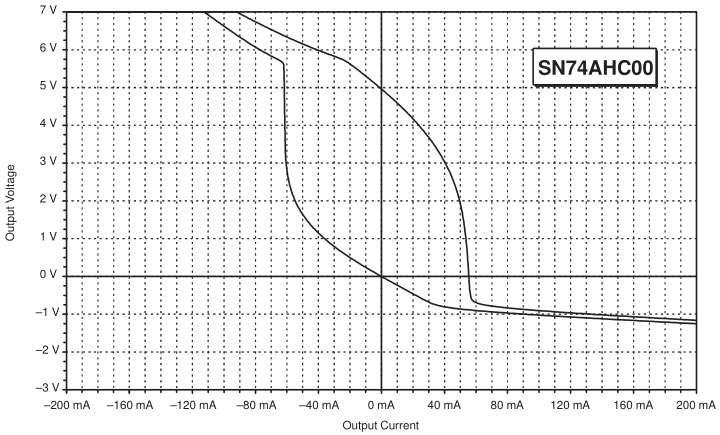Other Parts Discussed in Thread: SN74LVC1G08, ISOM8110
Tool/software:
Team,
Does TI have other AND gate IC that is pin-to-pin compatible with the “SN74AHCT1G08DBVR” and with a higher output current, increasing from 8 mA to around 10 mA(at least 9mA)?


